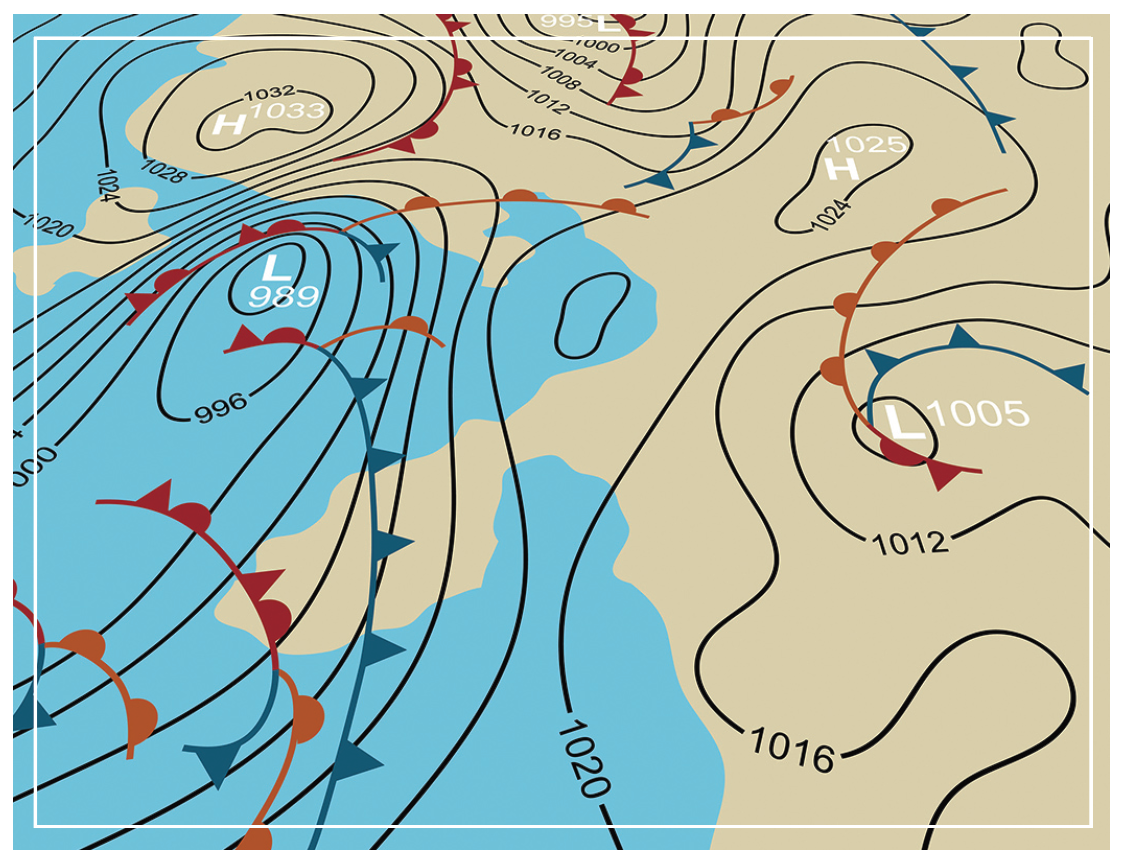Swings from dry to wet in the same growing season – a case study from Morris, Manitoba
Dr. Timi Ojo, Agricultural Systems Modeller, Manitoba Agriculture and Resource Development – Spring (March) Pulse Beat 2020
Ask anyone what their most intriguing weather-related story is and most likely, you will not hear about snowmelt in the spring, first fall frost in late September, half-inch of rain over a 24-hour period or -15°C air temperature in January. These normal weather occurrences in Manitoba do not often captivate our attention because they happened as expected. However, when weather events deviate from normal, we get intrigued and it catches our attention. The World Meteorological Organization defines Climate Normal as the averages of climatological data computed for successive 30-year periods, updated every ten years. These averages are considered as the centre of the pendulum, removes year-to-year variability and are the baseline for comparing which side of the pendulum each year falls.
Data trends over the last three climate normal periods (1961–1990, 1971–2000 and 1981–2010) showed that climate normal is a moving target. Some areas such as Arborg, Pilot Mound and Morris have had increasing climate normal precipitation over the three periods (Figure 1).
The current climate normal data is computed from 1981–2010 weather data and the average precipitation for the growing season in agro-Manitoba from May to September ranges from 12.0–4.5 inches (305–368 mm). Morris is one of the locations with the highest growing season normal precipitation at 14.1 inches (357 mm). There is an even split in the number of years with above- and below-normal precipitation in the last 10 years (Figure 2).
Across agro-Manitoba, there is often a good correlation between the leading cause of post-seeding loss and the side of the pendulum climate normal precipitation falls. According to the data in the Manitoba Agricultural Services Corporation Annual Reports of 20161, 20172 and 20183, excess moisture accounted for 71% of post-seeding losses in 2016, which was a year that received above-normal precipitation. Drought and heat dominated the next two years at 51% and 74%, respectively, and both years had below-normal precipitation (Figure 2). Similar to 2016, the 2019 growing season ended with above-normal precipitation, especially at many locations in the southwest, central and southeast regions. Does this make 2019 a wet year?
At St. Jean Farm Day in January, a room filled with over 50 producers mostly from areas around Altona, Morris and St. Adolphe were asked if they considered 2019 a dry or wet year. Over half of the respondents were unsure where to categorize the past growing season because it was both wet and dry! Temporal analysis that observed precipitation changes over time at Morris showed that the 2019 growing season precipitation pattern was similar to 2018 (dry year) until late August when record amounts of rain in September ensured that the season wrapped up on the wet-end of the pendulum (Figure 3). Unlike 2016 that had above-normal precipitation almost throughout the entire season, focusing only on the above-normal total precipitation at the end of the season would lead to inaccurate assessment of the 2019 growing season precipitation. From mid-July until late August, Morris received two-thirds of an inch (17 mm) over six weeks. For long-season crops like corn and soybeans, the dry period coincides with the timing of peak water consumption. For example, soybeans and peas use one-quarter to one-third of an inch of water per day (6–8mm/ day) to meet crop water demand during pod formation and seed filling in August. Water deficit during this time will affect yield.
The climate normal precipitation around the Morris area for the month of September is 2 inches (49 mm). However, the location received 7.6 inches (194 mm). Despite the precipitation coming a little too late to make a remarkable difference in yield, it was useful in recharging the depleted soil moisture reserve after two consecutive dry years. Manitoba Agriculture and Resource Development’s fall soil moisture information4 shows that almost all areas in agro-Manitoba are at 80–100% of available water holding capacity before soil freeze-up in the fall. This moisture will be available for crop-use in the early part of the 2020 growing season. However, soil moisture build-up may not be helpful if above-normal precipitation is experienced in the spring. Where will the 2020 pendulum swing?
Manitoba Agriculture and Resource Development runs a network of 108 weather stations that monitors air temperature, relative humidity, wind speed and direction, maximum wind speed, solar radiation, soil temperature and soil moisture (at 5, 20, 50 and 100 cm depths). Each station page updates every 15 minutes during the day and hourly at night (7 pm–7 am) from April to October. The reporting schedule changes to hourly from November to March. Data from the network is used to provide valuable information such as crop disease risk, heat unit accumulation and crop water demand. The information from each station is publicly available at https://www.gov.mb.ca/agriculture/weather/current-ag-weather-conditions.html.
1 https://www.masc.mb.ca/masc.nsf/annual_report_2016_17.pdf
2 https://www.masc.mb.ca/masc.nsf/annual_report_2017_18.pdf
3 https://www.masc.mb.ca/masc.nsf/annual_report_2018_19.pdf
4 https://www.gov.mb.ca/agriculture/environment/soil-management/manitoba-fall-soil-moisture-survey.html




